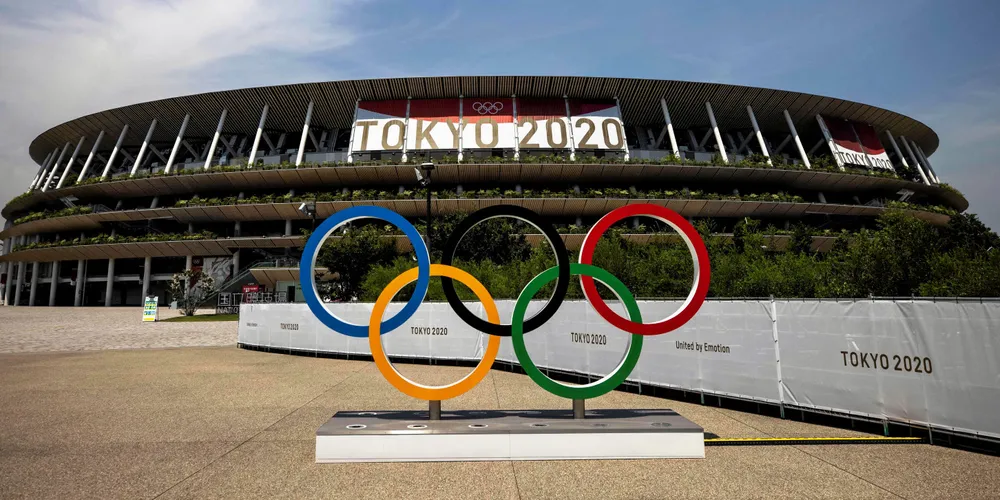Green hydrogen to star at Tokyo Olympics, but not at the scale originally envisaged
Initial plans to fuel the Olympic village with H2 and shuttle athletes to venues on 100 fuel-cell buses have been quietly dropped

Initial plans to fuel the Olympic village with H2 and shuttle athletes to venues on 100 fuel-cell buses have been quietly dropped
